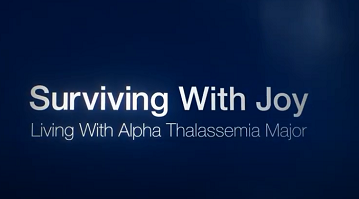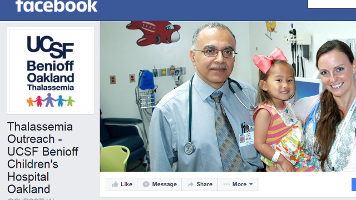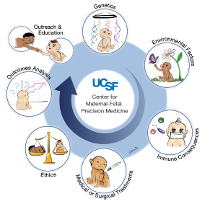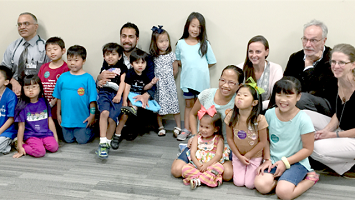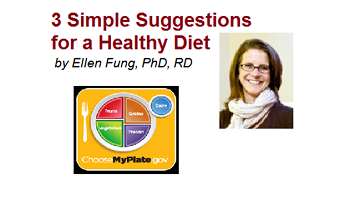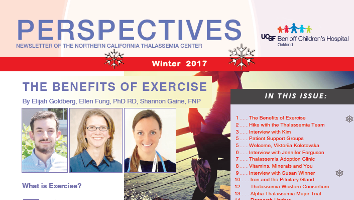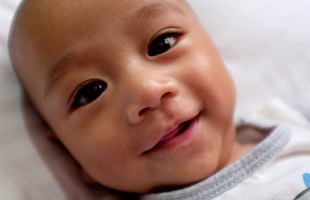A Lesson Remembered: Reflections of a Volunteer
by Zoë Oppenheimm
When I was in seventh grade, a panel of successful women spoke to the girls at my middle school. Marian Diamond urged us to get our careers in order and our educations behind us prior to starting a family. Because I was interested in too many careers for my own good at that time, I realized I needed to focus on a particular path. I began imagining life as a 60-year-old student, still unable to choose between being a doctor, a spy, a teacher, or a firewoman. As Diamond continued to speak, my daydream unraveled into an epiphany: I had to decide what I was going to be when I grew up—before it was too late.
My quest to map out the rest of my life continued through high school. During the summer before my senior year at Berkeley High, I concluded that avid viewings of TV shows such as Grey’s Anatomy and House were not enough to prove that I wanted to be a doctor. With good fortune, I landed a job as a volunteer at Children’s Hospital Oakland (CHO). My bosses, Laurie Levine and Eve Alley, were kind enough to train me so that I could work with both of with them in thalassemia outreach and with kids in the intensive care unit and at the day hospital. By the end of the first week, I already felt as though I was an integral part of the CHO community.
As my schedule changed from working with adults to working with children, I began to observe the subtle differences between the two worlds. Both parties deal with stress on a daily basis. Hospital administrators are constantly wrestling with the growing pile of debt that the suffering economy only worsens. Doctors struggle to find a balance between treating patients and processing endless paperwork. Parents fight to be with their sick children while also maintaining their jobs. And children battle diseases that are both physically and emotionally draining. As I continued on with my fly-on-the-wall position, I watched as people from all ages and backgrounds encountered the stresses of life. What is the main difference between a sick child’s world and the parents’ world? I learned it is not the hardships, but rather how they deal with these hardships. While adults often suppress their more negative emotions, children voice them. Adults often struggle to find healthy ways to process hardships, while children almost always play out their feelings. This play therapy is essential for a child facing a chronic or life-threatening illness. The same approach, however, is seldom deemed appropriate for adults facing all kinds of trials and tribulations.
As a volunteer at CHO, I played with kids through their boredom, loneliness, blood transfusions, and chemotherapy. Although I was far from being able to physically help these children while they dealt with their diseases, I was still able to play with them through the roller coaster of emotions they experienced. I wish I could say the same for the adults that I interacted with. Perhaps the adult world could learn a thing or two about emotional health from a children’s perspective.
The truth is that the binary division of “adult” and “child” is a construct—just as age-specified healing is. By the end of my journey at CHO, I realized that learning this lesson was much more important than mapping out my life. Although guidelines can be useful, there is no blueprint that I can refer to for the rest of my time on this earth. The CHO community showed me that throughout our lives, we find ourselves, at one point or another, in need of healing. This fact is a result of the messy nature and uncertainty of life. We can’t control the obstacles that come our way, but we can have a say in how we deal with them. Whether you are healthy or sick, rich or poor, 3 or 93, remember one of the first lessons we all learned: to play.

